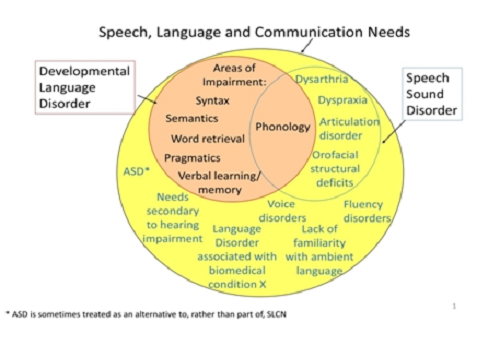
Supporting children with Developmental Language Disorder
Developmental Language Disorder (DLD) is a lifelong language condition. It refers to difficulties with understanding and using language. A child is diagnosed with DLD if the child’s language skills are persistently below what is expected of their age.
It occurs in the absence of a known biomedical condition (no obvious reason for these difficulties such as hearing difficulties or physical disabilities that explain them). It is a hidden disability that affects approximately two children in every classroom. It affects literacy, learning, friendships and emotional well-being of the individual (ability to communicate effectively with others).
Advertisement
The exact cause of DLD is unknown. It is believed that there are several interacting genetic and environmental factors responsible for DLD. It tends to run in families.The DLD affects people from around the world regardless of age, gender or race. It is estimated that one in 14 people have DLD and that it is more common in boys than girls.
A day is set up in October every year to create awareness of DLD. This year’s DLD Awareness Day falls on October 15, 2021 and the theme is: “think language, think DLD”. This year’s awareness is focussed on the difference a teacher can make in the life of a student with DLD.
How can a teacher identify DLD?
The difficulties vary with age but almost always children will have difficulty understanding spoken language. These difficulties with language persist into school age and beyond and can affect their progress in school. Children might have some of these:
• Difficulty understanding words and long instructions.
• Difficulty remembering the words they want to say.
• Difficulty saying what they want to, even though they have ideas.
• It can be difficult to follow what they are saying.
• Difficulty maintaining attention.
• Difficulty to join in and follow what is going on in the playground.
• Difficulty managing emotions, resulting in frustrations, anxiety and avoidance.
Teacher support
• Get the child’s attention when talking to them. Say their name and get to their level to aid their listening.
• Keep instructions short and give one instruction at a time e.g. “Write your name”. “Write today’s date” instead of “Write your name and today’s date”.
• Keep your language simple and short.
• Slow down your speech and allow them time to respond.
• Use gestures, facial expressions, pictures, symbols to help with their understanding.
• Check if they have understood what you said by asking them to repeat it.
• Offer few choices such as “Do you want the red or yellow crayon?” instead of “Which crayon colour do you want?”
• Explain new words for them to understand.
• Model words correctly for them. For example:
Child: “The jump is dog”. You: “Yes, the dog is jumping”.
While supporting the child in class using these strategies, teachers are encouraged to discuss any difficulties they have with caregivers of the child and encourage them to see a speech and language therapist for professional help.
One teacher can change a student’s life by identifying their difficulties with language and supporting them. Be that teacher!
The writer is a Speech and Language Therapist/Clinical Tutor,
University of Ghana, Legon.



